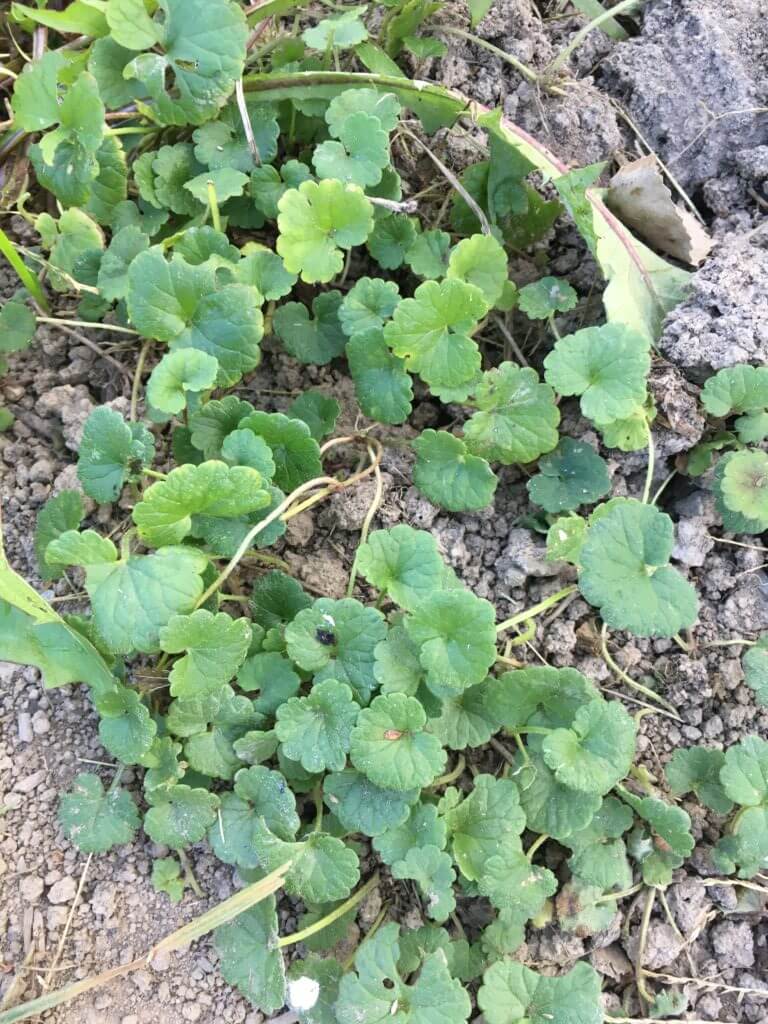Out Doors: Weeds to medicine cabinet

Our yards are full of medicines! Dandelions for digestion, St John’s wort to chase away the winter blues, stinging nettles for whatever ails you, and burdock for the liver.
On a recent Saturday at Shelburne Farms, Nick Cavanaugh, a clinical herbalist from the Burlington Herb Clinic, led a group across meadows and through woodlands to learn the medicinal qualities of common weeds. Farm to Medicine Cabinet, a 90-minute “weed walk,” introduced some participants to the topic for the first time and gave others, already steeped in knowledge, a chance to learn more.
Take plantain, a common weed recognized by its spiky green flower stalk (six inches or less) above a rosette of parallel-veined leaves. With its slight antiseptic properties, plantain is a first aid remedy. Chew a leaf or two to release the plant’s juices and apply to a bite, sting or cut. Not only will plantain soothe and cool the injury, but it also promotes healing. Dried and used as a tea or infusion, plantain is anti-inflammatory and may also fight allergic reactions in the respiratory tract.
Next May and June you will be delighted to know that the dandelions that carpet your lawn can be harnessed to stimulate the immune system against colds and flu. All parts of the dandelion—leaves, taproots and flowers—can be consumed. As dandelions are perennials, fall is the best time to dig the roots when they are storing sugars—energy, for the next growing season. Roots can be used in teas to encourage digestion and liver function. Rich in potassium, the leaves act as a diuretic and promote kidney health. Young leaves are best in salads and flowers can be made into fritters! Who knew?!
Ever been mowing or weeding when a minty fragrance wafts to your nostrils? The source of the aroma is a volatile oil in ground ivy. The low, creeping plant is a member of the mint family, and its essential oil has antimicrobial qualities. The leaves can be dried or used to make a tincture.
And how do you make a tincture? With alcohol or high-quality apple cider vinegar, although cider is less effective at drawing medicinal components from the plant. Pack leaves into a glass jar and cover with liquid, swishing the contents around daily. The required alcohol concentration will depend on whether the leaves are fresh or dry but should be at least 80 proof, or 40 percent alcohol, although 100 proof is preferable. In about six weeks the liquid will contain the alkaloids, glycosides, minerals and essential oils of the plant. Tinctures may have medicinal or nutritional benefits. A single dose is as effective as a cup of herb tea.
Vermont’s state flower, the red clover, was introduced from Europe long ago. Its blooms appear more purple than red. Rich in vitamins and minerals, red clover tea supports the lymphatic system and can reduce edema and swelling. Small leaves and partially opened flowers can be dried to make a tea. Not in the mood to dry flowers and leaves? Throw a few blossoms into a salad for color and a sweet taste.
Mullein, a member of the snapdragon family, is a striking plant that sends a flower stalk up to six feet in the second year of its two-year lifespan. Roman soldiers dipped the stalks in grease to burn as torches, and its large wooly leaves insulated the shoes of colonists and Native Americans. Today some who seek to wean themselves from cannabis or tobacco smoke mullein leaves.
Late in the summer ragweed fills the air with pollen from oodles of tiny flowers. Many who think they harbor allergies to goldenrod are instead allergic to ragweed. Both bloom at the same time, but goldenrod is pollinated by insects and so does not disperse its pollen. A tincture of ragweed leaves is thought by some to help fight this allergic reaction.
When its seeds tangle in our hair and clothes we curse the biennial burdock. Yet its huge taproot is rich in medicinal qualities. Its young leaves, leafstalks and flower stalks are also edible. The taproot, best harvested in the fall of its first year, is similar to a carrot but meatier. A tea made from the taproot supports digestion, the lymphatic system and the liver.
Last but not least among oft-cursed weeds is stinging nettle. Boiling the stems and leaves for a mere five seconds will neutralize the sting. A tea made from its dried leaves or a tincture from fresh leaves can be used against allergies and bee stings.
Happy weeding!

